Fastener Backout: Areas of Concern on Your Roof
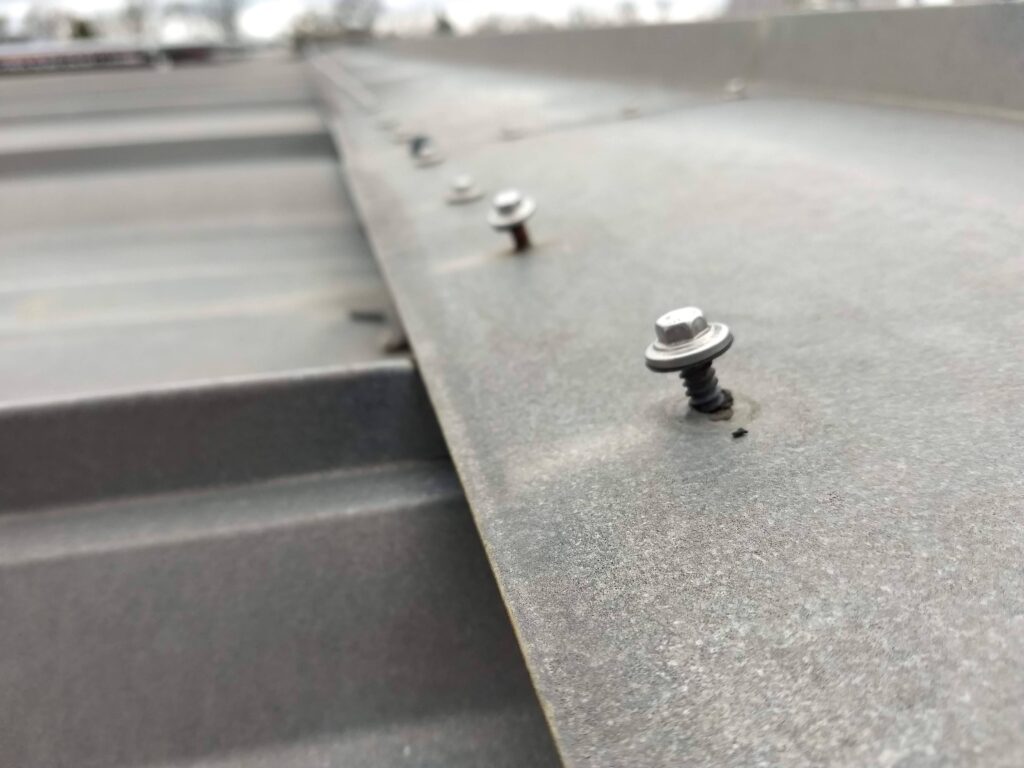
Metal roofs are typically the standard for large commercial and industrial buildings. The characteristics of metal roof panels are advantageous for many industries, especially those with critical manufacturing environments, prone to intense heat. But simply having a metal roof doesn’t guarantee a leak-free production floor. Metal roofs come with their own share of issues that you need to keep an eye on - if you want to maximize their lifespan and protect your assets on the floor below. Every two weeks, we'll add to our list of areas of concern on your roof.
Understanding Your Metal Roof
It’s important to understand the properties of your metal roof if you want it to last as long as possible. A good place to start is understanding the inevitability of thermal expansion and contraction. Most alloys will change form in the presence of temperature fluctuations. It expands (gets bigger) when exposed to heat and contracts (gets smaller) when the temperature drops. This is due to the transfer of kinetic energy. But not every type of alloy used to make roof panels fluctuates exactly the same. For instance, the difference in size fluctuation between steel and aluminum roof panels is about 1:3 - when exposed to a temp of 100 degrees ferinheight.
Understanding Metal Roof Fasteners
Fasteners for metal roofs fall into two categories depending on your panel type. Through-fasteners are usually a metal screw that penetrates both panels. The head of the screw is cushioned by a rubber gasket that aims to seal out moisture. However, the heads of the screws remain exposed to the elements and experience natural deterioration. Another aspect of through-fasteners to be aware of is the occurrence of fastener-backout.
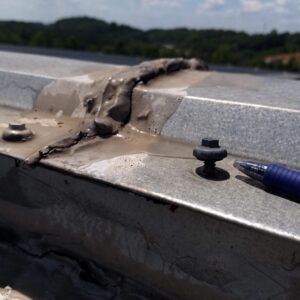
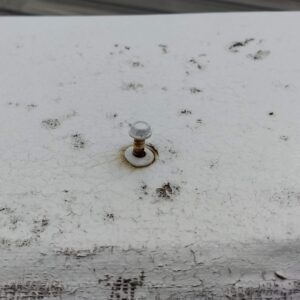
What is Fastener Backout?
Metal buildings are designed to move to accommodate things like weather (wind loading) and thermal expansion/ contraction. Special attention is paid to design aspects like X-bracing (cross bracing), which is mathematically calculated to ensure proper transfer of energy or pressure. And wind loading can occur 24 hours a day so building movement is not only inevitable, it’s necessary.
Screw fasteners don’t allow for movement. So as the roof panels fluctuate with temperature changes, and or wind loading, the fasteners are pulled back-n-forth. This wears the metal panels to the point of either stripping the threads of the screw and/ or wearing a slot into the panel itself – allowing the fastener to become unseated.
Another situation to look out for is when through-fasteners are installed incorrectly. Whether driven-in too far, not far enough, or driven in at an angle, the fasteners will fail that much faster. If installed incorrectly, the roof has a much greater chance of fastener backout. (see examples below)
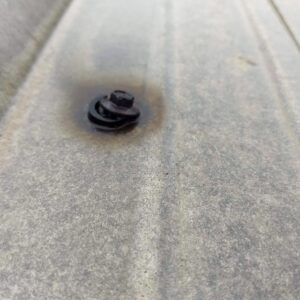
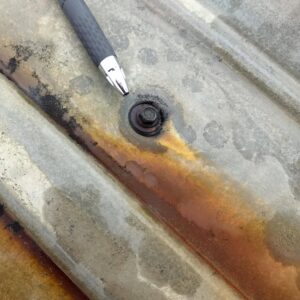
Maintaining proper fastener installation to the tune of 2,000 -3,000 fasteners for every 10,000 ft. of roof can be difficult. Imagine being the roof installer – on your feet and bent over for hours trying to install that many fasteners correctly. When you consider the likelihood that 1/10 of those fasteners were improperly installed (human error happens) this presents 200 – 300 leak opportunities, respectively. A good way to avoid the repercussions of fastener backout is with a metal roof restoration from the pros at Thermal-Tec.
Engineering a fastener with the ability to seal out moisture, despite being improperly installed, has proven to be as elusive as the Loch Ness Monster… The Lock Less Fastener.